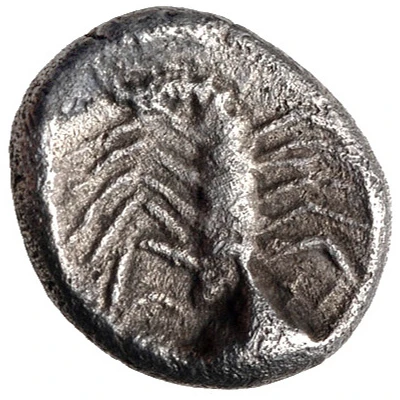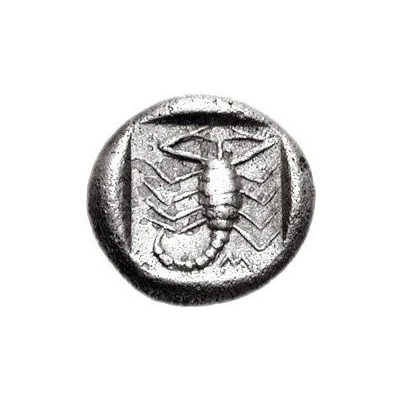


© Classical Numismatic Group, Inc.
Hemiobol 450 BC - 400 BC
| Silver | 0.50 g | 13.0 mm |
| Issuer | Mylasa (Caria) |
|---|---|
| Type | Standard circulation coin |
| Years | 450 BC - 400 BC |
| Value | Hemiobol (1⁄12) |
| Currency | Drachm |
| Composition | Silver |
| Weight | 0.50 g |
| Diameter | 13.0 mm |
| Shape | Round (irregular) |
| Technique | Hammered |
| Demonetized | Yes |
| Updated | 2024-10-09 |
| Numista | N#150569 |
|---|---|
| Rarity index | 92% |
Reverse
Facing lion’s scalp
Comment
Troxell, Carians p. 254, 1; SNG Kayhan 835.
Interesting fact
The Hemiobol coin was used as a form of currency in ancient Greece, specifically in the city of Mylasa (Caria) during the 5th century BC. It was made of silver and weighed approximately 0.50 grams. Despite its small size and value, the Hemiobol was an important coin in the ancient Greek economy, as it was used for everyday transactions and was a symbol of the wealth and prosperity of the city.



